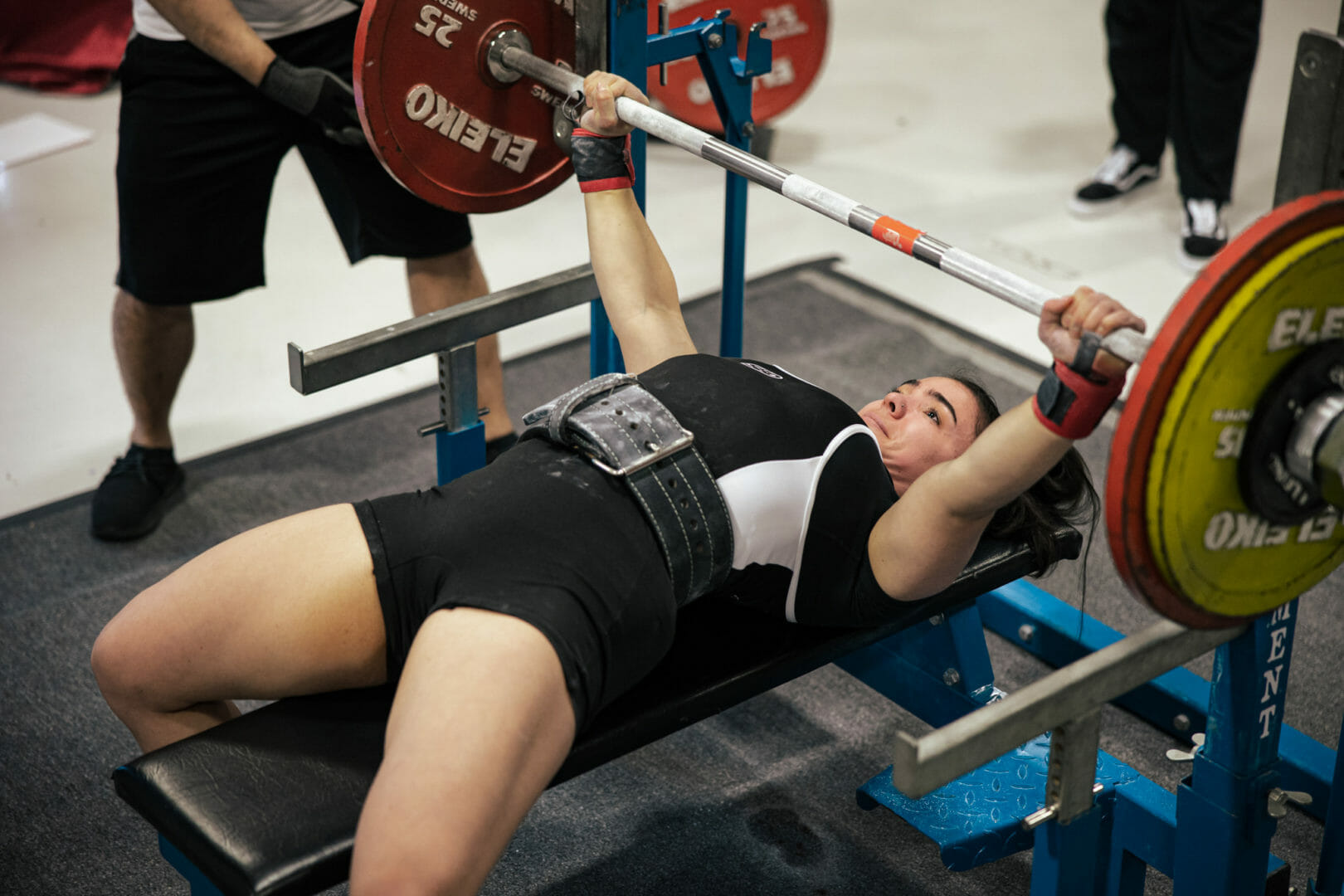How Getting Stronger Can Help You Break Through Plateaus in Powerlifting
Improving Weak Links in the Chain
One of the most common ways powerlifters hit a wall in their progress is by neglecting weak points in their physique. When any one muscle group is lagging behind the others, it creates an imbalance that prevents further development. Konishiki demonstrated this principle perfectly with his advice to focus less on benching and more on back work. By bringing up his weaker supporting muscles, he was able to finally push past his 160kg plateau. The lesson here is that powerlifting posterior chain development and complete muscle symmetry are key to continuous lifts. Imbalances create weak links that hold us back no matter how strong our prime movers become. Taking a step back from our best lifts and prioritizing whole-body strengthening allows those weak points to catch up.

Gaining Functional Strength Through Compound Lifts
Konishiki also emphasized the importance of compound exercises like deadlifts for building functional full-body strength. Unlike isolation moves targeting single muscles, compounds recruit multiple muscle groups together in patterns mimicking natural movement. This cross-fiber recruitment is perfect for powerlifting carryover. By training the body as a coordinated system rather than isolated parts, compounds maximize neural efficiency and teach the muscles to fire synergistically under load. This functional strength leads to better stability, mobility, and force production both within and across lifts.
Increasing Grip Strength For More Stable Lifts
Another crucial aspect that Konishiki credited with breaking through plateaus was improving grip strength. Whether using a mixed or alternate grip, our ability to maintain a secure hold on the bar is essential to lifting heavy weights safely. Stronger grip muscles also reinforce the forearms for greater stability under load. By adding specific grip training to his routine through fat-grip training and towel pull-ups, Konishiki helped eliminate a potential failing point. With a surer grip, he could pull and push heavier weights without the risk of slipping. Developing this often-ignored area took his lifts to the next level.
The Benefits of Cross-Training For Injury Prevention
While powerlifting specialization has its place for peak performance periods, Konishiki demonstrated the value of cross-training modalities like Olympic weightlifting for long-term success. Incorporating variation into a training program prevents overuse injuries and burnout that sideline progress. Snatches, cleans, and jerks challenge the body in new ways while also improving triple extension power , mobility, and core stability - all transferable skills. Combining these dynamic movements occasionally with powerlifting-focused strength and hypertrophy work keeps the body guessing and promotes more well-rounded fitness. This cross-training approach kept Konishiki healthy and lifting consistently for long-term gains.
The Importance of Mindset and Patience in Lifting
Perhaps most importantly, Konishiki showed the value of perseverance and having the right mindset. When the trainee complained of disliking and weakness in deadlifts, Konishiki encouraged starting light and sticking with it. He understood that real change takes time and the willingness to work through discomfort.
Powerlifting PRs are a long-term journey requiring commitment, patience, and seeing the big picture of overall progress over immediate rewards. By keeping an open, growth-focused mentality and trusting the process, it’s possible to consistently break through plateaus one by one for continued self-improvement in and out of the gym. Konishiki proved that with dedication, anyone can achieve their potential given the right outlook.

